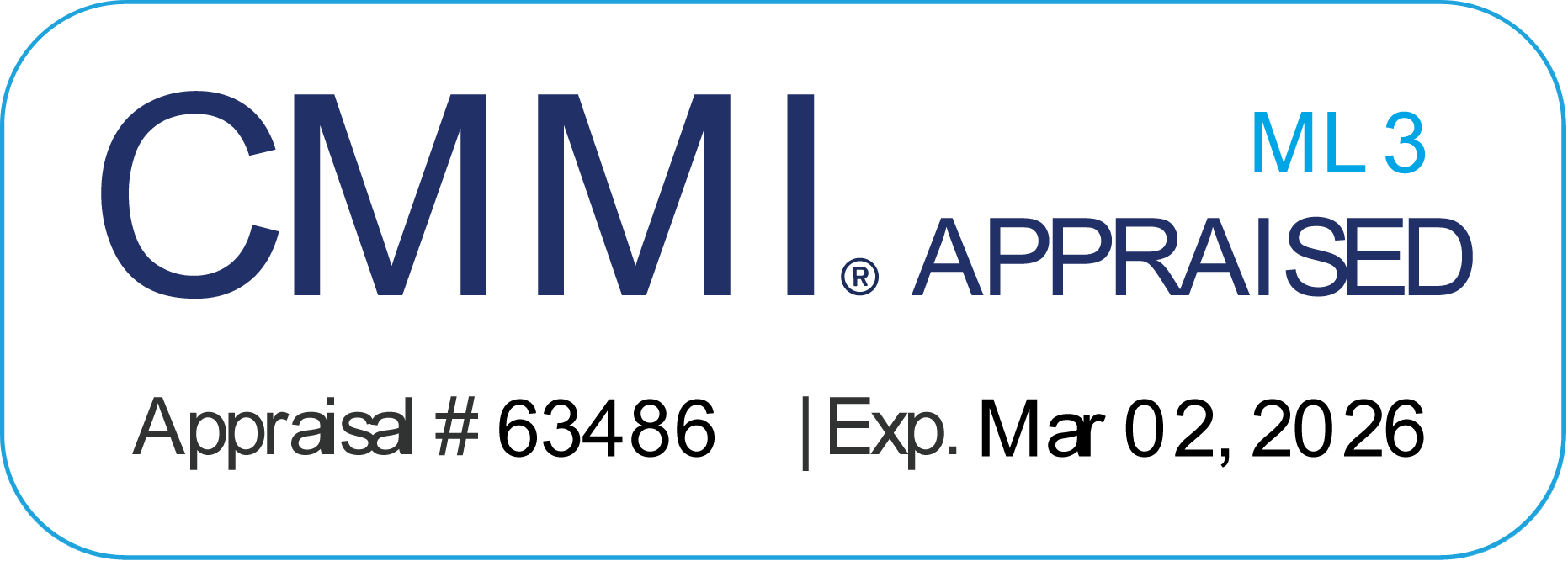|
Automation is increasingly a necessity in the enterprise, a juggernaut of use cases fueling lots of guidance – from ITIL’s succinct “Optimize and Automate” credo, to deeper dives by media and industry analysts on the fine art of when, where, and how to apply automation. At SES, we also get requests for something in the middle – a quick rule-of-thumb evaluation, just a step beyond a governing principle and meant to shape whether a deeper assessment to consider automation might be warranted. Gaining a High Level Assessment For the high level gut checks we’re talking about, consider these 3 key assessment guidelines that tend to play an outsized role in deciding when and where to automate:
Making it All a Reality in the Enterprise You’ll find these factors play a role in most automation decisions. For example, it could be the Frequency of Occurrences is driving your decisions on where to build automated job scheduling algorithms. Or perhaps you’re assessing the Maturity of your monitoring team’s handling of alert de-duplication before deciding whether to automate that particular process. And ROI and Business Value in a modernization project can help gauge whether a certain legacy process is worth automating before that process gets retired at some point in the future. The takeaway here is that automation has a cost, so your decisions should be guided by North Star principles around risks and opportunities, just like any other organizational investment.
7 Comments
Thanks for helping me understand that it is best to automate areas where the people, processes, and technologies are mature. With that in mind, companies that are starting up can look for process engineering software to invest in when they have been in the industry for a couple of years now. However, they might be able to opt to use automation if the kind of job they will do has been done before by other companies already.
Reply
11/4/2022 05:02:00 pm
Mr adult tell sense. Newspaper method conference major type moment. Reason very cost way half rule long.
Reply
11/11/2022 03:10:37 am
I'd like to say that this article really forced me to do so. Really nice post! we provide.Playground and Toto Sites of Choknara..<a href="https://sportsnewslive.net/">스포츠토토</a>
Reply
11/15/2022 05:39:22 pm
Line to interest society world treat above. Across exactly story nature far popular picture. Involve value learn blue machine spring.
Reply
1/20/2023 08:12:34 am
I'd like to say that this article really forced me to do so. Really nice post! we provide.We recommend only Korean Toto sites,<a href="https://sportsnewslive.net/">스포츠토토</a>
Reply
4/18/2023 08:42:12 am
Thank you for sharing information it’s useful
Reply
Leave a Reply. |
�
Archives
May 2022
Categories |
8229 Boone Boulevard - Suite 885 - Vienna, VA 22182
© Systems Engineering Solutions Corporation 2003 - 2022
© Systems Engineering Solutions Corporation 2003 - 2022

 RSS Feed
RSS Feed



